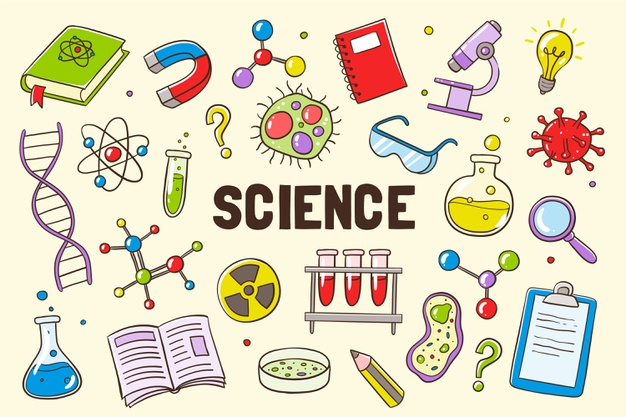INTRODUCTION
The natural sciences rely on logical reasoning and the methodological apparatus of the formal sciences in order to understand the phenomena that make up the world. In the natural sciences course, the student will be provided with the resources, techniques and knowledge that allow them to understand and enter the world of science, thus strengthening their learning process. Additionally, the course will be taught in the English language, in order to improve the student's skills in the second language and to open the borders to a global context.
GENERAL OBJECTIVE
Making use of the first period’s contents, the objectives for the students are to:
Understand and value science and its implications
Consider science as a human activity that has benefits and limitations
Form an analytical, inquiring and flexible mindset to ask questions, solve problems, and elaborate explanations and judge arguments
Develop skills to design and conduct investigations, evaluate evidence, and reach conclusions.
Become aware of the need to collaborate and communicate effectively
Apply their knowledge and language skills in a variety of real-life situations
Develop sensitivity towards living and inert elements of the environment
Reflect on learning experiences and make informed decisions
COMPETENCIES / SKILLS TO DEVELOP
The development of the subject will guide students to understand natural sciences as a global tool to understand life and all the phenomena that occur within it; and the development of skills such as observation, questioning, analysis, and argumentation, which constitute transversal skills for the student's formation process.
Science courses help students develop key skills in approaches to learning that will allow them to enjoy projects and achieve good results. In this group of subjects, students have considerable opportunities to practice the skills of approaches to learning, in particular those of organizing and representing information logically. Collaborative skills are also an essential aspect of scientific activity.
METHODOLOGY
Student-guided inquiry.
GRASPS
Master class.
Workshops.
Laboratory practices.
Unit guided projects.
Discussions.
Consolidation of ideas from audiovisual material.
CONTENT AND CONCEPTS Unit 1: The cell
Key terms: cell, organelles, tissues, organs
Structure and characteristics of eukaryotic and prokaryotic cells.
Structure and characteristics of animal and plant cells.
Formation of tissues and types of tissues.
Formation of organs and their functions.
Unit 2: Human body Systems
Human nutrition: digestive system.
Human nutrition: circulatory system.
Human nutrition: respiratory system.
Diseases that affect different systems of the human body.
Unit 3: Introduction to chemistry
States of matter.
Elements, compounds, and mixtures.
Kinetic molecular theory - changes of state.
physicochemical properties (solubility, viscosity, density, boiling and melting points).
Mixtures and separation techniques for mixtures.
Unit 4: Introduction to Physics
Forces and their representation
Generalities of electricity: electric circuits, conductors and insulators, electric charge.
Interactions with and without contact
Friction as an everyday interaction.
Energy: conservation principle and types of energy.
Problems on energy conservation in frictionless systems.
EVALUATION PROCESS
Formative evaluation |
|
Summative evaluation |
|
|
Evaluation Criteria | Percentages |
Criteria A: Knowledge and understanding | 25% |
Criteria B: Inquiry and design | 25% |
Criteria C: Processing and evaluation | 25% |
Criteria D: Reflection on the impact of science | 25% |
RESOURCES
Resources | |
Technological | iPad or laptop. |
Bibliographic | PAI guidebook. Mindorff, D., & Allott, A. (2019). MYP Life Sciences Years 1-3: A concept-based approach. Oxford University Press-Children. |
Physical | Notebook and papers to write/draw on. |

- Profesor: Jorge Mario Gamboa Carvajal
- Profesor: Carlos Andres Garcia Giraldo
- Profesor: Pauline Perry Arbelaez